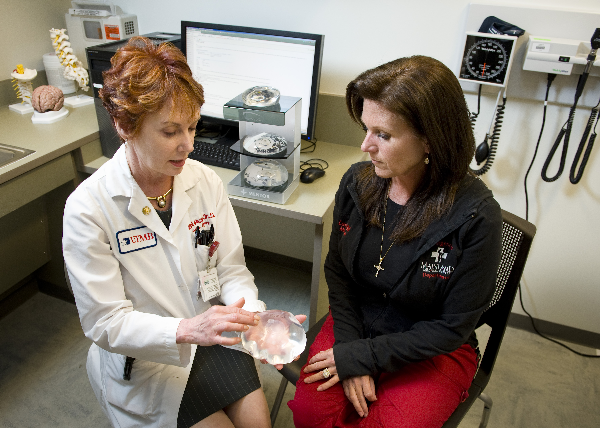As of today, more available testing linked to breast cancer is enabling both better prevention and treatment plans. Various healthcare providers in Greeley offer the BRCA1/BRCA2 genetic testing and counseling in their offices.
The Banner Women’s imaging department at North Colorado Medical Center at Summit View Medical Commons have also just incorporated a program to identify women at high risk at the time of their screening mammogram and provide the genetic testing and counseling services.
Banner Medical Group diagnostic radiologist Dan Kreider, MD, mentioned that many women with a high-risk for breast cancer are unaware of the Hereditary Breast and Ovarian Cancer Syndrome (HBOC) and its repercussions.
“The women getting a screening mammogram at the SVMC complete a questionnaire that details their personal and family health history. The radiologists follow the guidelines of the National Comprehensive Cancer Network (NCCN) to identify patients that should be tested for those genes. Patients have a 45 percent chance of getting breast cancer in their lifetime for the BRCA 1 gene mutation and as high as 65 percent to 87 percent risk for the BRCA2 gene mutation. The risk for ovarian cancer for these patients is about 44 percent. It’s critical to get these patients identified. If there is a strong enough family or personal history of breast or ovarian cancer, the genetic testing is recommended and performed.” said Kreider.
Obtaining a sample, a saliva test, is easy to secure; however, the genetic evaluation of the sample can be costly. Most insurance companies will cover the cost for patients that meet the NCCN high-risk categories.
“Once the BRCA gene is identified in a family, they know specifically which mutation to look for, and tests for the relatives of that first person are much less expensive,” said Kreider.
Kreider notes that it is critical to remind people that only 10 percent of breast cancer is related to the breast cancer gene. Indeed, most breast cancer patients have no family history of breast cancer.
“The number one risk factor for getting breast cancer is being a woman. But, for those patients with the breast cancer gene, the risk is very high. In addition, for those patients diagnosed with BRCA1 or 2, all of that patient’s siblings and children would have a 50 percent chance of having inherited the gene and need the genetic test, including the males.Testing the children of these patients can wait until around age 20,” he said.
Kreider said many patients who do find out they have the breast cancer gene decide to have both breasts removed.
Some women also choose to have their ovaries surgically removed once they’ve had children. The second option to surgery is having annual mammograms, breast MRIs, pelvic ultrasounds, and blood tests to aggressively seek out any hints of early cancer.
“The main options are very close surveillance or surgery,” said Kreider.
